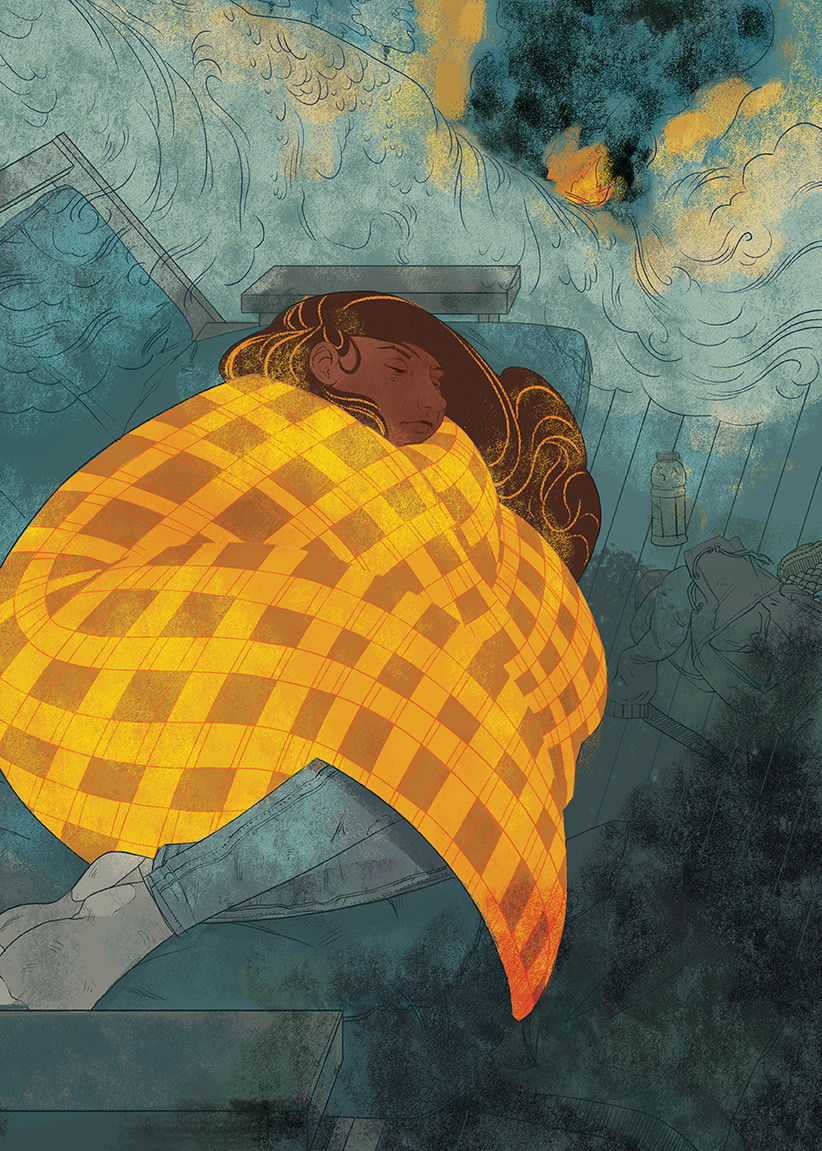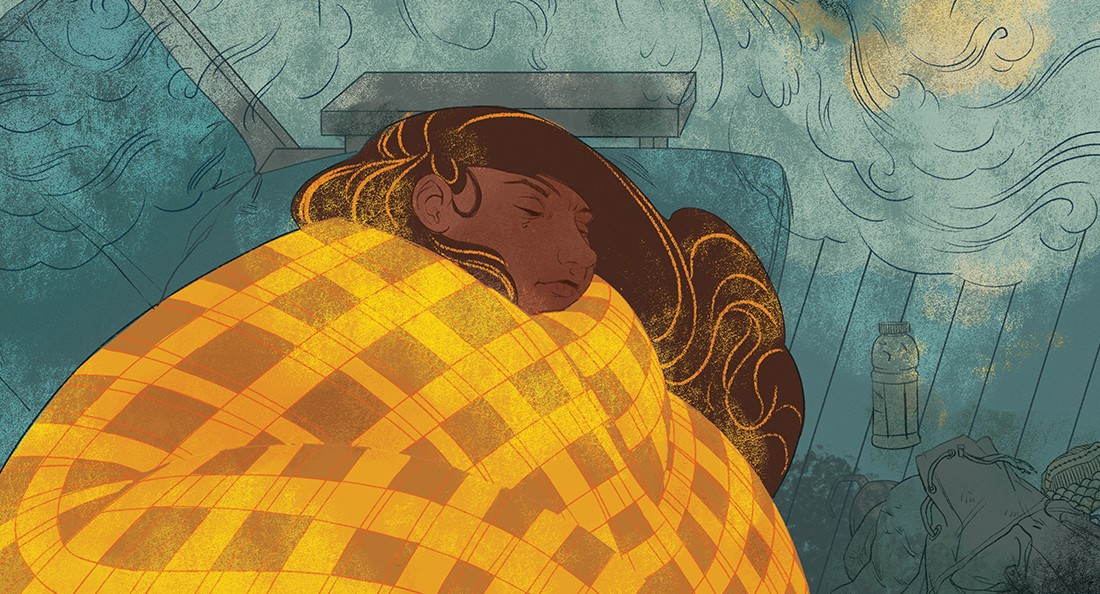A home for her
More resources and support needed for homeless women
For many women, homelessness doesn’t look like living on the streets. Their struggles are hidden and harder to document.
The Canadian Centre for Policy Alternatives (CCPA) published a study called Finding Her Home: A gender-based analysis of the homelessness crisis in Winnipeg, which looks at the specific barriers women face when homeless.
Jenna Drabble, who authored the study, says women’s centres identified this topic as an issue in the 2016 State of the Inner City consultation process, a yearly report put out by the CCPA.
“Women are less likely to be counted among the ‘visible’ homeless, meaning that their experiences with homelessness and the particular supports that they need are not well understood,” Drabble says.
Women are less likely to seek out emergency services and often couch surf with friends or relatives, Drabble explains. She says factors including safety concerns and apprehension for their children incline them to seek out less formal help.
“Being hidden makes women more vulnerable, but (it) is also a survival strategy. Women in our study reported feeling unsafe in emergency shelters and will therefore avoid them,” she says. “This means there are fewer supports that are accessible to them, and that they are not on the radar of service providers.”
Deena Brock, provincial co-ordinator of Manitoba Association of Women’s Shelters (MAWS), echoes these concerns and explains more of the complications that stem from domestic violence situations.
“With domestic violence issues … it should be that men get thrown out of their house ... the women shouldn’t be forced to leave,” Brock says. “Legally, what happens is the police, if they’re involved, remove the women, or (the women) run away, because they’re trying to get away from the violence.”
Brock explains that in these situations, women often haven’t had the opportunity to collect any identification, bank account information, money or, if they’re aware of them, to contact a shelter to seek refuge.
“You’re displacing a woman and her family, taking away all her supporters. She has no money, she has nothing, so it’s a very awkward situation for some women, completely,” Brock explains.
Even then, these services are temporary. Brock says that shelters are granted a 30-day period to equip women with all the resources necessary for their specific situations, and often providing them with a home.
The situation is made more complex with children. In the in-term custody, the first person who applies, with proper identification and resources, gets the child.
“The police would take the children away from her and put them back into an abusive environment, and that’s a really unfortunate situation, but that’s the reality of it,” Brock says.
Domestic violence is only one of the potential factors that could not only increase a homeless woman’s vulnerability but might also pigeonhole her resources. Drabble says the study calls for a barrier-free women’s shelter.
“Many women in our study identified the need for a women’s-only shelter that is low barrier, meaning that women do not need to have children, be sober, be experiencing domestic violence, etc. in order to access it.”
Drabble says the report details important resources that are needed, with a specific recommendation of a women-centered response to homelessness.
“We hope that our study, through qualitative interviews with women who have lived experiences of homelessness, can help to shine a light on the program and policy gaps when it comes to women’s homelessness,” she says.

Published in Volume 71, Number 25 of The Uniter (March 23, 2017)







